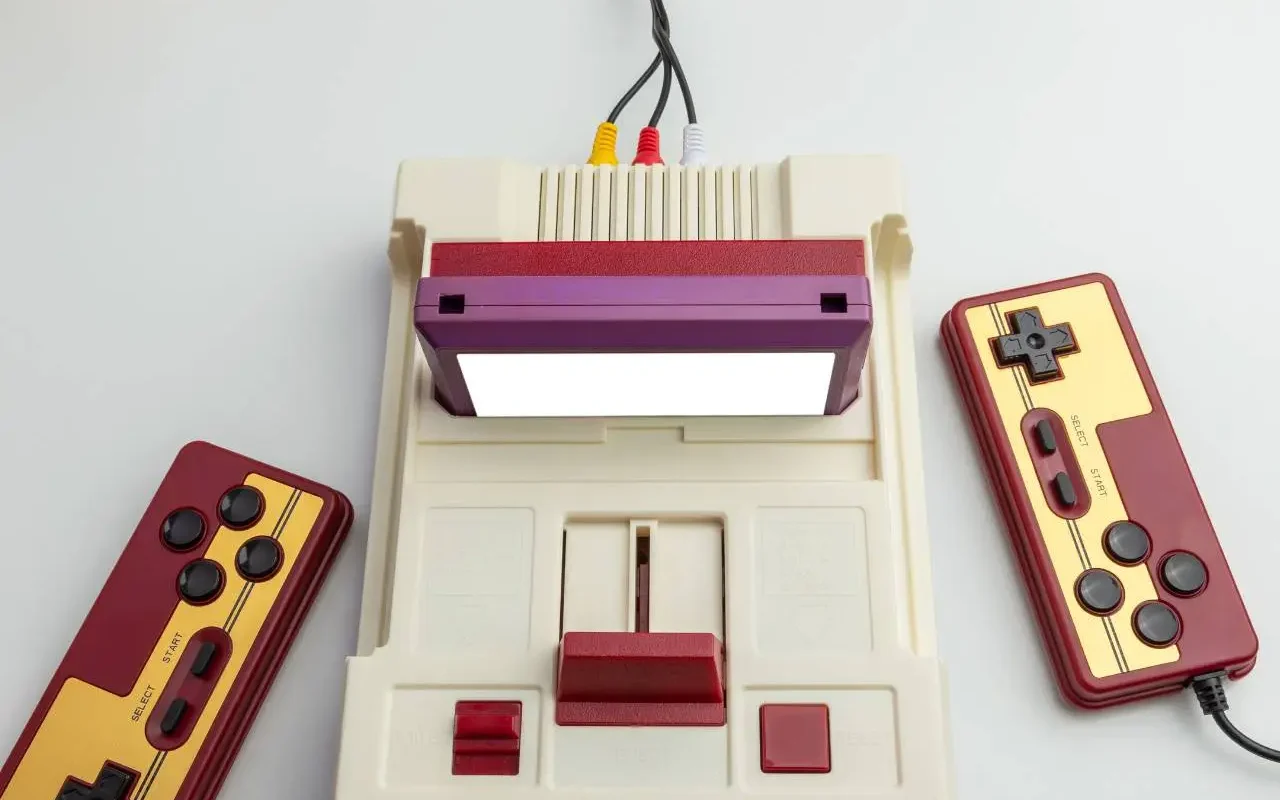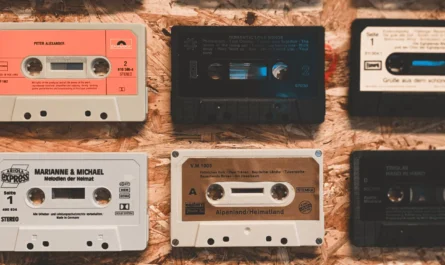The gaming world has seen a lot of change. From the early days of Pong to the latest gaming consoles. The journey has been long and exciting. Today, we will take a closer look at retro and modern consoles. We will see what sets them apart.
What Are Retro Consoles?
Retro consoles are gaming systems from the past. They were popular in the 1970s, 1980s, and 1990s. Examples include the Atari 2600, Nintendo Entertainment System (NES), and Sega Genesis. These consoles brought joy to many gamers. They are still loved by fans today.
What Are Modern Consoles?
Modern consoles are the latest in gaming technology. They offer high-definition graphics and online play. Examples include the PlayStation 5, Xbox Series X, and Nintendo Switch. These consoles have changed how we play games. They offer experiences that were not possible before.
Design and Build
The design of gaming consoles has changed a lot. Retro consoles were often large and boxy. They were made with simple materials. Modern consoles have sleek designs. They use advanced materials. They are often smaller and fit well in entertainment systems.
Graphics and Sound
Graphics and sound are big differences between retro and modern consoles. Retro consoles had limited graphics and sound capabilities. They could only display a few colors and simple shapes. Modern consoles can display millions of colors. They can create realistic images. They also have high-quality sound that can fill a room.
Gameplay and Controls
Gameplay has evolved over the years. Retro games were often simpler. They had basic controls. Modern games are more complex. They offer a wide range of controls. They often require quick reflexes and strategy. The controllers for modern consoles have many buttons. They also have joysticks and motion sensors.
Game Library
The number of games available has grown. Retro consoles had smaller game libraries. Modern consoles have thousands of games. They offer a game for every type of player. From action and adventure to puzzles and sports.
Portability
Portability is a new feature in the gaming world. Retro consoles needed a TV and power outlet. Modern consoles like the Nintendo Switch can be taken on the go. They allow gamers to play anywhere they want.
Online Play and Community
Online play is a big part of modern gaming. Retro consoles did not have this feature. Modern consoles allow players to connect with others. They can play together or against each other. They can also join communities and share their gaming experiences.
Media and Entertainment
Modern consoles are more than just for gaming. They can stream movies and music. They can browse the internet and use apps. Retro consoles were only for playing games. They did not have these extra features.
Price and Value
The cost of gaming has changed. Retro consoles were often cheaper when they were new. But now, they can be expensive for collectors. Modern consoles can be expensive. But they offer more features and better technology.
Comparative Analysis Table
| Feature | Retro Consoles | Modern Consoles |
| Design | Large and boxy | Sleek and compact |
| Graphics and Sound | Limited colors and simple sound | High-definition and surround sound |
| Gameplay and Controls | Simpler games with basic controls | Complex games with advanced controls |
| Game Library | Smaller selection of games | Extensive range of games |
| Portability | Not portable | Some options for portable play |
| Online Play and Community | Not available | Widespread and integral |
| Media and Entertainment | Games only | Multiple entertainment options |
| Price and Value | Less expensive initially, but can be costly for collectors | Higher initial cost, more features |
In conclusion, retro and modern consoles offer different experiences. Retro consoles bring nostalgia. They remind us of the simple joy of gaming. Modern consoles push the boundaries. They offer new and exciting ways to play. Both have a place in the hearts of gamers. Which one do you prefer?
Unlock Full Article
Watch a quick video to get instant access.





Odds96pwaapp, the PWA version is convenient for quick access on desktop. Not as feature-rich as the native app, but handy nonetheless. Check it out if you don’t want to download anything. odds96pwaapp.
Greetings! Been using 289winbet for a couple of weeks now. Good range of bets and the odds are competitive. I might even keep playing there often 289winbet.
Gembetapp, interesting. An app, alright! I hope it’s easy to use and got some good offers. I like to bet on the go! Check it out further at : gembetapp
Yo, decided to give 79k01 a shot after seeing it pop up online. Pretty straightforward sign-up and the site looks clean. Played a few hands of blackjack, and the experience was decent. Payouts seem fair. Definitely worth checking out if you’re on the hunt for a reliable platform. Find out more at 79k01.